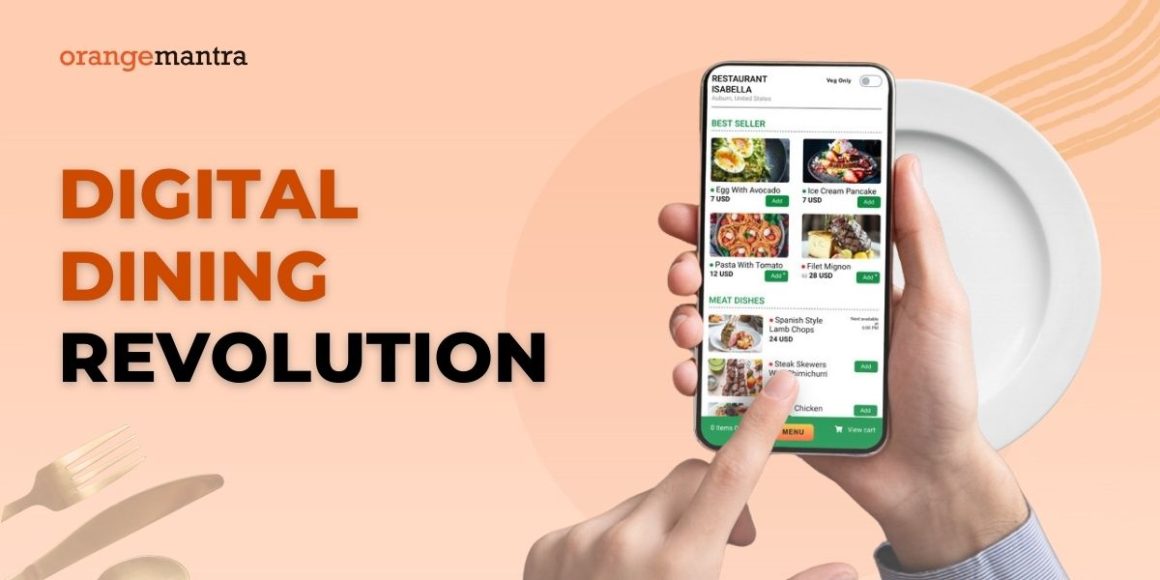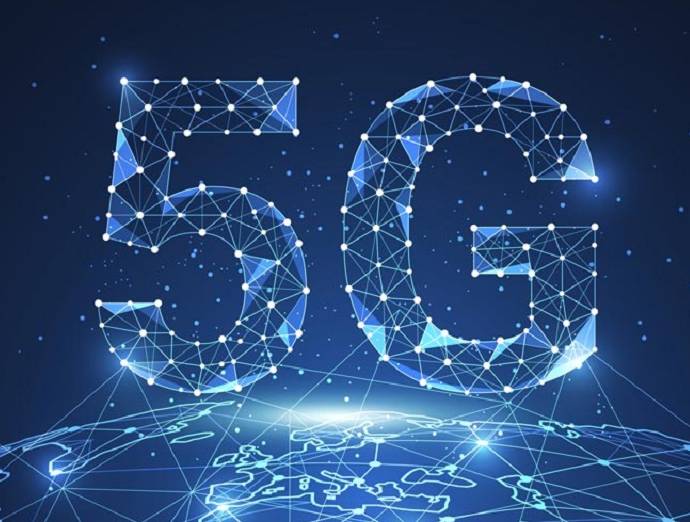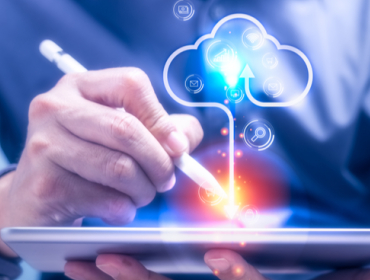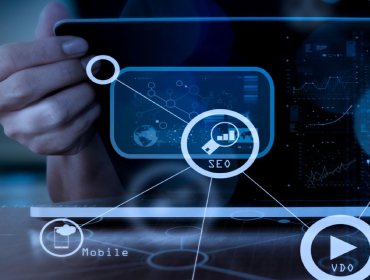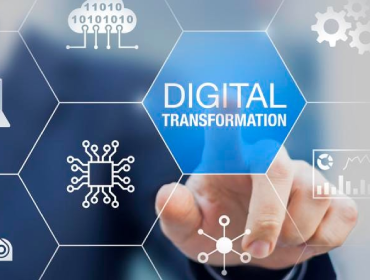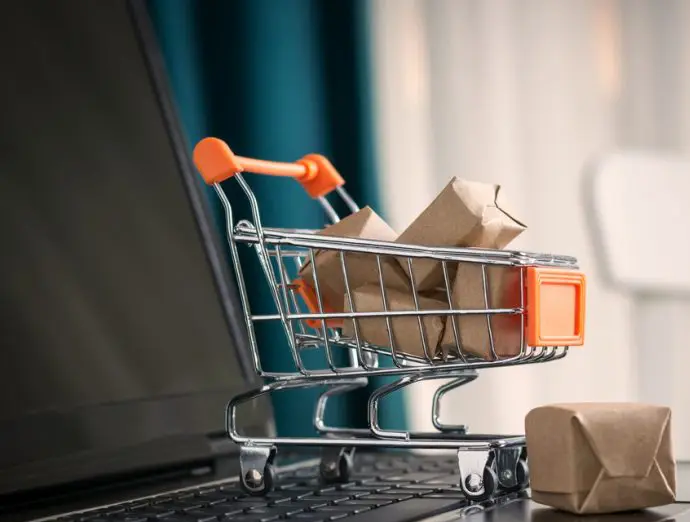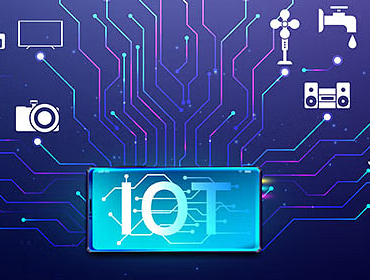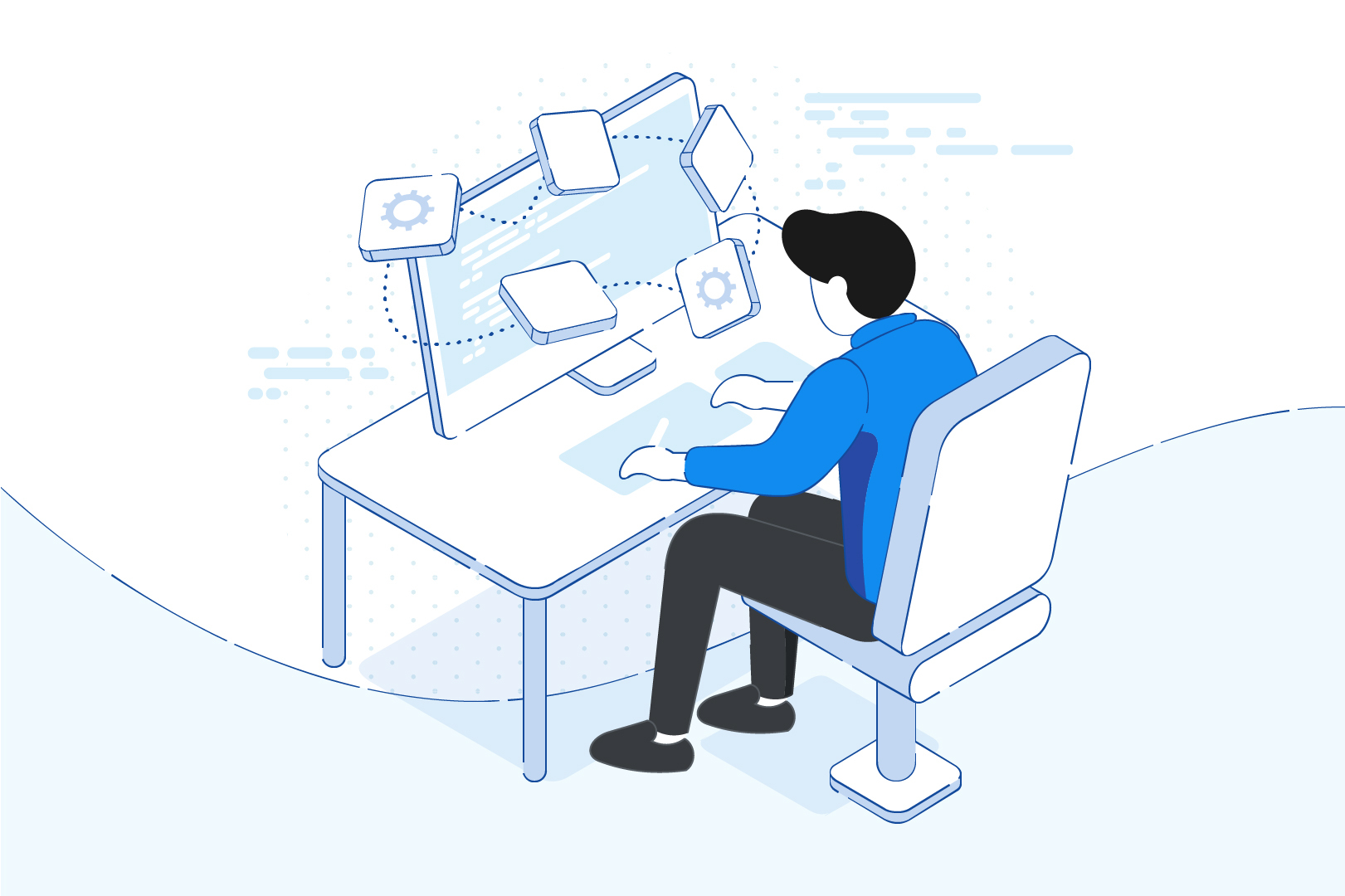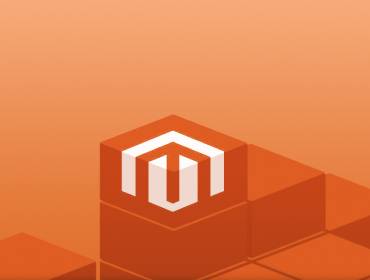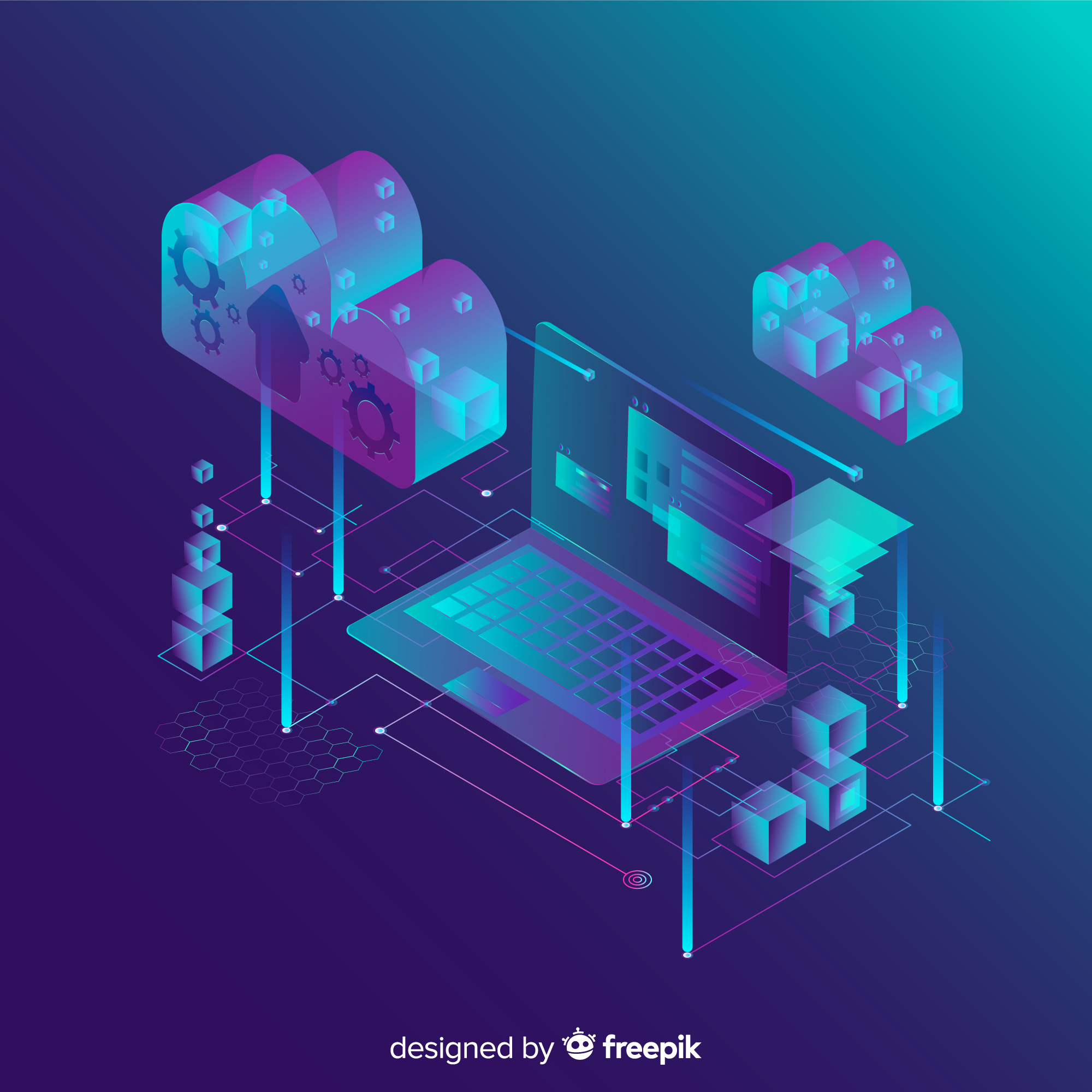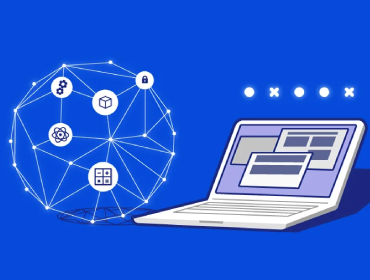Think of wanting your favorite dish. Wouldn’t it be great if, instead of calling for takeout or driving to the restaurant for the food, you could just open an application on your phone and push a few buttons to have the food delivered in seconds?
This has become an actual part of the food business today due to cloud kitchens. Cloud kitchens, that is, virtual kitchens or ghost kitchens, are playing a big role in this server sector, and, therefore, cloud kitchens are also affecting the ways restaurant app development company design apps for meeting the ever-changing needs of modern, fast-paced consumers. This blog evaluates the gains accrued by investing in a restaurant app, the effect of cloud kitchens on the development of restaurant apps, and why the restaurant world has gone digital.
The Rise of Cloud Kitchens
Cloud kitchens are not just changing the appearance of these traditional restaurant industries, but they are also conducting their business without being in a physical location, so they only cook, pack, and deliver food without any dining place. This method gained credence on the very large account of evolution in the entire process of food delivery services and modern-day customer preferences.
A Statista estimate says that the market for cloud kitchens will grow at a compound annual growth rate of about 12% from 2021 to 2027 . This is because the rise in the adoption of online meal ordering and cloud kitchens is offering restaurants a chance to increase their customer base without bearing the administrative costs associated with physical locations. Let’s see to what extent cloud kitchens are changing the scenario.
How Restaurant App Development Is Affected by Cloud Kitchens
For restaurant app development companies, the rise of cloud kitchens has brought about a new set of demands. While traditional applications were created with in-person eating experiences in mind, cloud kitchens have caused the emphasis to shift to meal delivery optimization. The change has the following effects on app development:
1.Simplified Ordering Process
With features like table bookings, menu browsing, and dining room layout, restaurant applications used to be designed to mimic the real eating experience. However, these capabilities are not necessary for cloud kitchens. A user-friendly ordering platform that enables clients to peruse menus, make orders, and monitor delivery in real time is now the main emphasis. To guarantee that consumers can place orders with ease, restaurant app development companies now put a high priority on speed, usability, and integration with food delivery services.
2.Better Tracking in Real Time
Customers must be able to follow their orders in real-time, from preparation to delivery, while using cloud kitchens. mobile apps development services must have GPS tracking to inform users about the progress of their meals. To improve client satisfaction and foster trust, restaurant app development companies are increasingly creating applications with sophisticated monitoring tools that provide real-time information.
3.Innovative Methods of Payment
Because cloud kitchens often serve a wide spectrum of clients, applications must provide safe and adaptable payment methods. Digital currencies, mobile wallets, and connections with outside payment processors are all included in this. Providing these choices is crucial to guaranteeing a seamless, trouble-free experience for clients.
4.Loyalty programs and personalized recommendations
Personalization becomes a crucial component in the restaurant app development process since cloud kitchens often serve a large number of clients without face-to-face connection. Apps may suggest meals based on past orders, dietary requirements, or the time of day by using AI-driven algorithms. To encourage retention, restaurant apps are increasingly including loyalty schemes, such as incentives for returning patrons.
Why Invest in the Restaurant Apps Development?
Restaurant app development is becoming more and more important as the need for cloud kitchens increases. Purchasing feature-rich, well-designed software has many advantages for both clients and companies:
-
Convenience for Customers
The convenience that a restaurant app provides to patrons is by far its greatest benefit. They may use their cell phones to pay, personalize orders, and peruse menus. An effective app improves user experience and increases orders for cloud kitchens.
-
More Reach and Visibility
Your clientele is not restricted by your actual location when you use a cloud kitchen. A strong restaurant app expands your audience and exposure. You may reach a wider audience of customers who like to order meals from the comfort of their homes by making your restaurant available on well-known platforms like iOS, Android, or the web.
-
Insights Driven by Data
A well-designed app gathers useful consumer information that can be used to advance the company. Cloud kitchen operators may improve their offers and make well-informed judgments by knowing consumer preferences, peak hours, and ordering trends.
-
Brand Recognition.
Businesses may establish and strengthen their brand identification with the use of a restaurant app. Cloud kitchens may interact directly with consumers with features like push alerts, personalized promos, and unique branding, which encourages repeat business and brand loyalty.
Top Advantages of Restaurant Food Delivery
Customers’ perceptions of eating have changed significantly as a result of the move toward cloud kitchens and meal delivery services. Here are some noteworthy advantages:
1.Greater Accessibility for Smaller Operators
Without requiring a substantial physical presence, cloud kitchens allow even independent or small businesses to get into the enormous delivery market. They may expand their client base, take on bigger businesses, and build their brand by collaborating with meal delivery apps or developing their own.
2.Decreased Operating Expenses
Cloud kitchens save money on rent, utilities, and front-of-house labour since they don’t need to operate physical storefronts. This enables them to devote resources to increasing the whole consumer experience via better app features, marketing, or food quality.
3.A Higher Volume of Orders
Because cloud kitchens are designed for meal delivery, it’s simpler to complete higher-order quantities. By using specialized applications, orders may be managed effectively, reducing mistakes and delays and guaranteeing a seamless delivery experience.
Important Applications for Restaurant Apps and Cloud Kitchens
Numerous well-known cloud kitchens and meal delivery services have effectively used technology to improve their business processes. Key use cases include the following:
Dark Kitchen Idea:
To meet the increasing demand for delivery-only food services, dark kitchens—a kind of cloud kitchen—have appeared in major cities like London and New York. These restaurants, which lack a real eating area, concentrate only on completing orders submitted via meal delivery apps, which leads to quicker delivery times and cheaper prices.
Several Brands in One Location:
Certain cloud kitchens run many food businesses with distinct cuisines under one roof. It is simpler to accommodate varied tastes and preferences when restaurant owners use restaurant app development to provide a seamless experience that allows consumers to order from many brands inside a single app.
Purchasing a restaurant app increases visibility, improves customer interaction, and streamlines operations. Apps may greatly enhance the user experience and encourage repeat business with features like real-time tracking, reward programs, and tailored suggestions.
Cloud Kitchen App Development Features
To thrive in the cutthroat world of cloud kitchens, restaurant applications must have several essential features:
-
Tracking in Real Time
From order preparation to delivery, customers anticipate being able to follow their orders. Real-time updates need sophisticated GPS tracking devices.
-
An interface that is easy to use
The app should have a straightforward checkout process and be easy to use and navigate. A user-friendly interface promotes repeat business and increases client satisfaction.
-
Integration of Payments
A range of payment methods, such as credit/debit cards and mobile wallets, should be made available via the integration of secure payment gateways.
-
Updates and Push Notifications
Customers get push updates on new menu items, order progress, and special deals. Throughout their trip, this keeps them informed and involved.
Key Takeaways
Cloud kitchens, which concentrate on food preparation and delivery without requiring a physical eating area, are drastically altering the restaurant business.
Cloud kitchens rely on restaurant app development companies to improve customer satisfaction and simplify operations.
Purchasing a restaurant app helps with data collecting, brand awareness, and expanded reach in addition to improving consumer convenience.
A broader client base, increased order volumes, and reduced operating expenses are just a few advantages of food delivery in restaurants.
Bringing it All Together
There is no denying the cloud kitchen’s impact on the creation of restaurant apps. Restaurant apps are becoming an essential tool for companies trying to remain competitive because of the rising demand for cloud kitchens and meal delivery services. Cloud kitchens may provide clients with the ease they anticipate while increasing operational efficiency by emphasizing simplified ordering, real-time tracking, payment integration, and customized experiences.
Restaurants need to engage in restaurant app development if they want to remain ahead in this digitally-first society.
FAQ
1.What advantages can cloud kitchens offer?
By doing away with the necessity for physical storefronts, cloud kitchens save operating costs while allowing businesses to use meal delivery apps to reach a wider audience. Additionally, they increase efficiency by streamlining order fulfilment and meal preparation.
2.What impact do cloud kitchens have on the creation of restaurant apps?
Restaurant applications must prioritize ordering and delivery capabilities over in-person dining app development experiences when using cloud kitchens. Apps with enhanced monitoring, customizable features, and flexible payment choices have been developed as a result of this change.
3.How might food delivery services be enhanced by restaurant apps?
By giving real-time order monitoring, a variety of payment methods, and an intuitive user experience, restaurant apps improve meal delivery services. These characteristics boost client loyalty and satisfaction.
